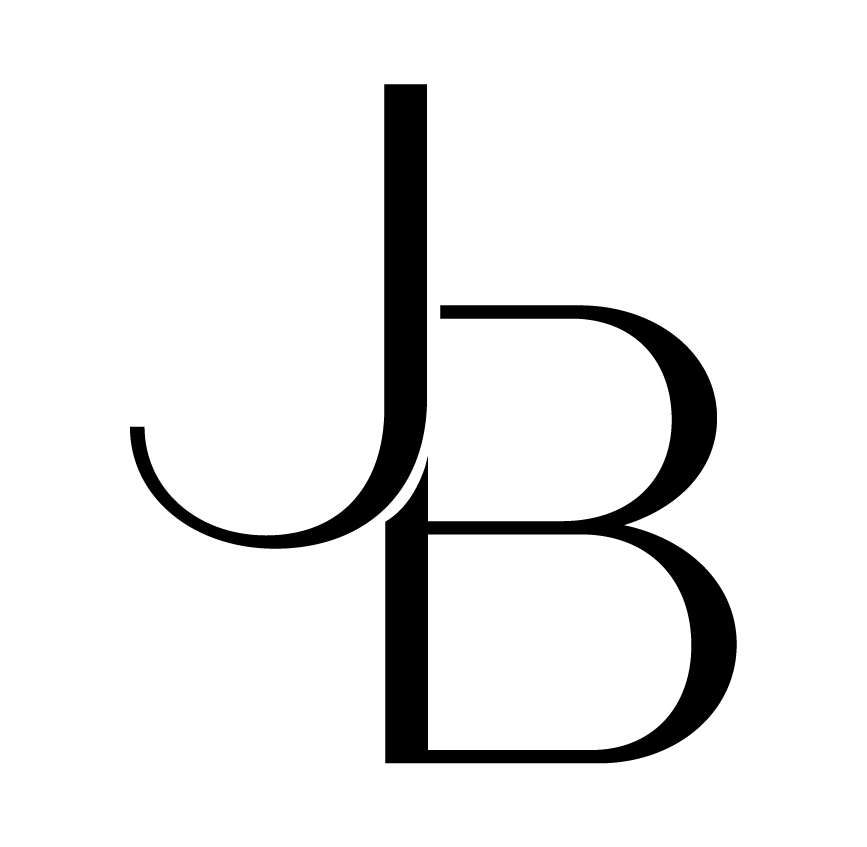Feel-Good Plants

A room feels better and looks cooler when there’s a....plant.
It brings a room - LIFE. Literally, if it's alive.
(It's also really #onbrand for me - hint hint, The GOOD Fest)
I always find myself envious of the girl in the insta photo doing yoga or sipping tea in her perfectly feng shui room full of plants. As we have renovated and decorated our home - I've been strategically placing plants.
Well, guess what? In addition to making your space calming and beautiful - they also work to clean your home!
Yes!
Did you know that indoor air pollutants have been ranked among the top five environmental risks to public health? Not only are they caused by bacteria, pollen, and mold, but our furnishings, upholstery, building materials, and cleaning products also emit a variety of toxic compounds. Ew!
The good news is that there is an easy and affordable way to purify the air in our homes and ensure that we’re not breathing in any of that junk. (cue the plants)
Certain plants can actually absorb these pollutants at the same time they take in carbon dioxide. They pull them into soil and convert them into food!
(amazing?!)
Below are a list of easy to care for houseplants (green thumbs not required!) that will help protect you from the unavoidable pollutants in your home.
And: you might be wondering why you have, ex: formaldehyde in your home so I'm providing a list below of common reasons you might have some of these pollutants!
Formaldehyde -
-
Manufactured wood products such as cabinets, furniture, plywood, particleboard, and laminate flooring
-
Fabrics used for curtains and drapes or on furniture
-
Glues, paints, caulks, pesticides, cosmetics, and detergents
Xylene
-
used as a solvent and in the printing, rubber, and leather industries
-
used as a cleaning agent, a thinner for paint, and in paints and varnishes
Benzene
-
ranks in the top 20 chemicals for production volume
-
used to make other chemicals which are used to make plastics, resins, and nylon and synthetic fibers
-
used to make some types of rubbers, lubricants, dyes, detergents, drugs, and pesticides
Trichloroethylene
-
used in adhesives, cleaning fluids for rugs, paint removers/strippers, spot removers
Ammonia
-
used in MANY household cleaners
Mold
-
Found in almost any environment, indoor or outdoor, encouraged by warm and humid conditions
Now onto the PLANTS!
(1) Spider Plant
Fun Fact: One of the easiest to grow
Pollutants removed: Formaldehyde, xylene
Best use: Living spaces

(2) Dracaena
Fun Fact: Toxic to pets when eaten
Pollutants removed: Formaldehyde, benzene, xylene, trichloroethylene
Best use: Living spaces

(3) Peace Lily
Fun Fact: Flower for much of the summer
Pollutants removed: Mold, ammonia, benzene, formaldehyde, trichloroethylene
Best use: Bathrooms or other damp areas (removes mold)

(4) Boston Fern
Fun Fact: Humidifies air / Plants should be moist and misted regularly
Pollutants removed: Formaldehyde, xylene
Best use: Living spaces

(5) Snake Plant
Fun Fact: Prefers drier conditions
Pollutants removed: Benzene, formaldehyde, trichloroethylene, xylene
Best use: Kitchens and rooms with wood stoves (removes nitrogen oxide produced by fuel-burning appliances)

Other great choices include: Ficus, Bamboo palm, Garden mum, English ivy, and Philodendron

